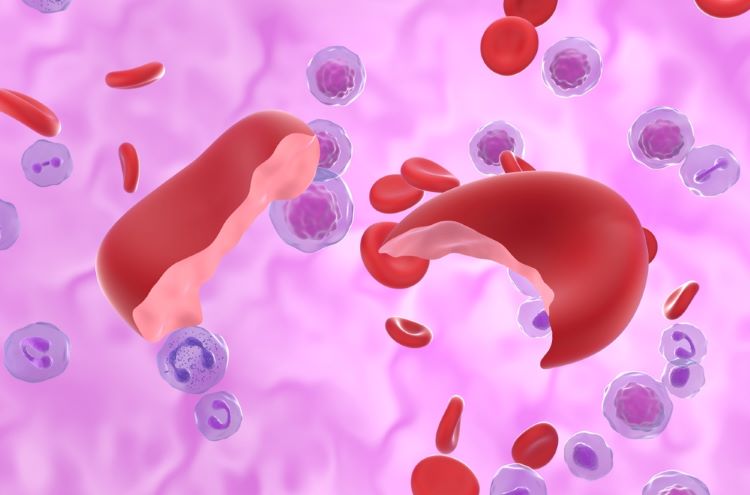NICE recommends new haemolytic anaemia treatment
Posted: 3 May 2024 | Catherine Eckford (European Pharmaceutical Review) | No comments yet
The National Institute For Health and Care Excellence (NICE)’s decision follows a reduction in the price of Pfizer’s small molecule treatment for sickle cell disease.


In final draft guidance, the National Institute For Health and Care Excellence (NICE) has recommended voxelotor (Oxbryta) with or without hydroxycarbamide as a treatment for haemolytic anaemia, which is caused by sickle cell disease.
According to NICE, around 4,000 people aged 12 years and older with sickle cell disease in England will be able to benefit from the treatment.
Voxelotor, made by Pfizer, was recommended as a second-line treatment in the final draft guidance. The document also detailed that clinical evidence has shown that patients given voxelotor “are more likely to have an increase in haemoglobin levels compared with people who have usual treatment”.
NICE’s decision follows a reduction in the price of voxelotor. This minimises some of uncertainties in the evidence that the independent appraisal committee highlighted in previous draft guidance, NICE stated.
In summary, considering the challenges that patients with sickle cell disease face, the committee determined that the higher cost-effectiveness estimate than usual was acceptable.
Significance of NICE’s recommendation
Access to voxelotor will be accelerated for eligible patients through funding from the Innovative Medicines Fund, which enables treatment to be offered without delay and at a fair price to the taxpayer”
“This is great news for people with sickle cell disease, particularly given the health inequalities experienced by people with the condition. Throughout our appraisal of voxelotor the independent committee has always considered that it has the potential to address the need for effective treatments for [the disease]… We are therefore delighted that the company has reduced the price of voxelotor to a level that properly reflects the uncertainty in the evidence and enables NICE to recommend it,” Helen Knight, Director of Medicines Evaluation at NICE commented.
“Access to voxelotor will be accelerated for eligible patients through funding from the Innovative Medicines Fund, which enables treatment to be offered without delay and at a fair price to the taxpayer,” UK Health Minister Andrew Stephenson shared.
Another recent regulatory development for Pfizer was the regulatory approval from the US Food and Drug Administration (FDA) for a gene therapy to treat haemophilia B.
EMA accepts MAA for Oxbryta to treat haemolytic anaemia in sickle cell disease
Related topics
Data Analysis, Drug Development, Drug Markets, Drug Safety, Industry Insight, Regulation & Legislation, Research & Development (R&D), Therapeutics
Related organisations
National Institute for Health and Care Excellence (NICE), Pfizer









